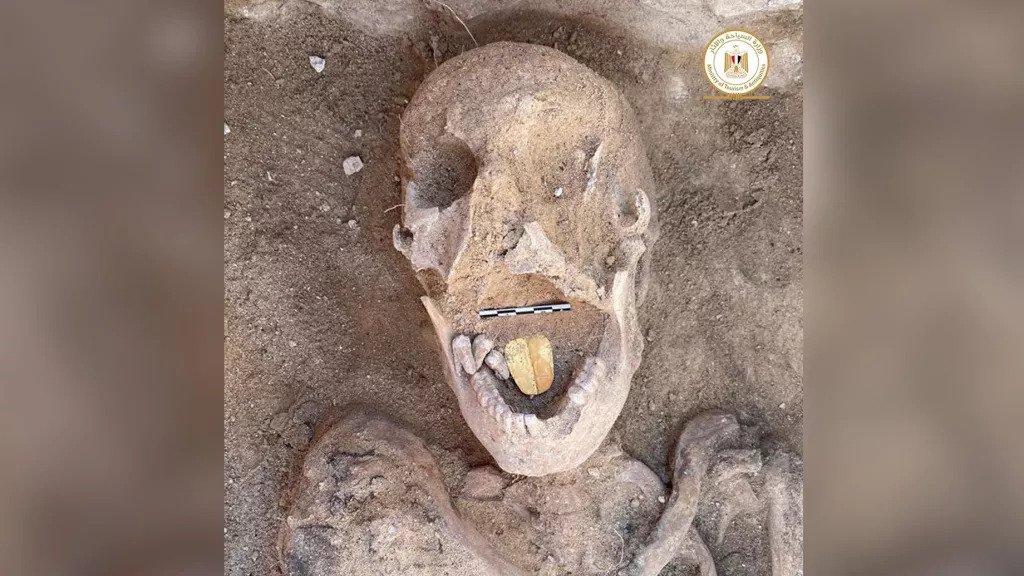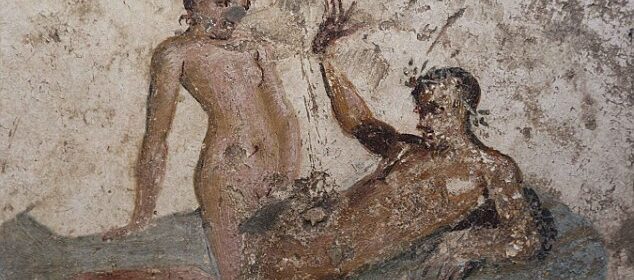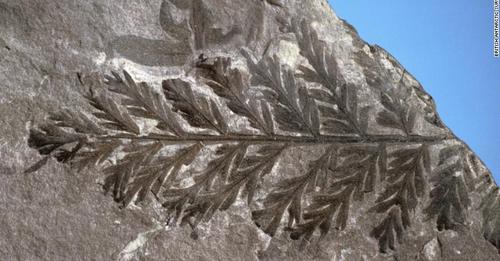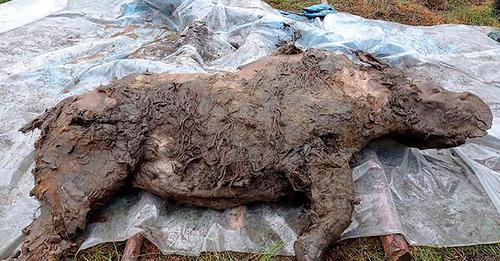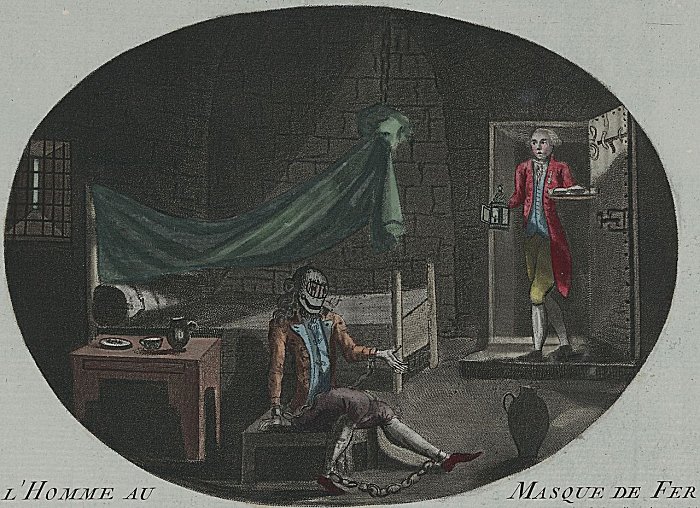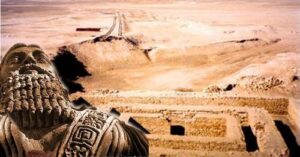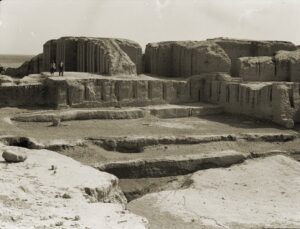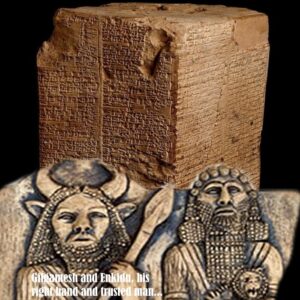Archaeologists have discovered 16 burials at an ancient Egyptian site in the Taposiris Magna. The mummies were found to have a gold tongue. The team speculates that after the person’s tongue was removed during embalming it was replaced with the object so the deceased could speak to Osiris in the afterlife.
A god called Osiris is the Egyptian “Lord of the Underworld,” and he is one of the most powerful gods of the Ancient Egyptian. In other words, he is a judge of the dead
The burial shafts, dating back some 2,000 years, were popular in ancient Greek and Roman eras, which held remains inside of a mountain or natural rocky formation.
Within the tombs were a number of mummies and although the remains have since deteriorated, the stone funeral masks are still intact – allowing the team to see what each person may have once looked like.
The excavation is being led by the University of Santo Domingo, which has been working at the site for nearly a decade.


The team had previously uncovered several coins inside the Temple of Taposiris Magna etched with the face of Queen Cleopatra VII, which suggests she ruled when many of the individuals were laid to rest in their rock-cut tombs.
Additionally, pieces of statues and temple grounds reveal King Ptolemy IV built this spectacular temple.
Ptolemy IV Philopator reigned over Egypt from 221 to 204BC and due to his interest in lavish celebrations and ceremonies, the decline of the Ptolemaic dynasty is usually traced to him.

The skeleton with the gold tongue was found to be well-preserved, as its skull and most of its structure is still intact. Archaeologists dug it out of the rock-cut tomb and were met with the still shining gold object inside of the skeleton’s mouth.
They speculate that the tongue was removed by embalmers, but the gold tongue was put in its place during a funeral ritual. The hope is that this individual would have the ability to speak to the god of the dead, Osiris, upon arriving in the afterlife.

Osiris is said to rule over the underworld and would judge the spirits of those who had died. And by giving the person who died some 2,000 years ago a tongue, may have allowed them to convince Orisis to show mercy on their spirit.
The other burials were not as preserved, but Dr. Kathleen Martinez, who is leading the dig, uncovered a number of luxurious trinkets and the statues over the tombs are intact – allowing experts to see who the people were.
One was found with remains of ‘gilding and bearing gilded decorations showing the god Osiris.’
Another was adorned with a stunning crown when they were laid to rest, which is decorated with horns, and a snake on the forehead that is most likely a cobra.
An additional symbol, depicting the god Horus, was found on the chest of one of the mummies. The symbol was incorporated in a decoration that represented a wide necklace from which a head of a falcon was hanging.
Dr. Khaled Abo El Hamd, the Director-General of The Alexandria Antiquities, said in a statement that ‘during this season the mission discovered a number of archaeological discoveries, the most important of which is a funeral mask for a woman, eight golden flakes representing the leaves of a golden wreath, and eight masks of marble dating back to the Greek and Roman eras.’
The Egyptian official also added that these masks ‘show high craftsmanship in sculpture and depiction of the features of its owners.’
